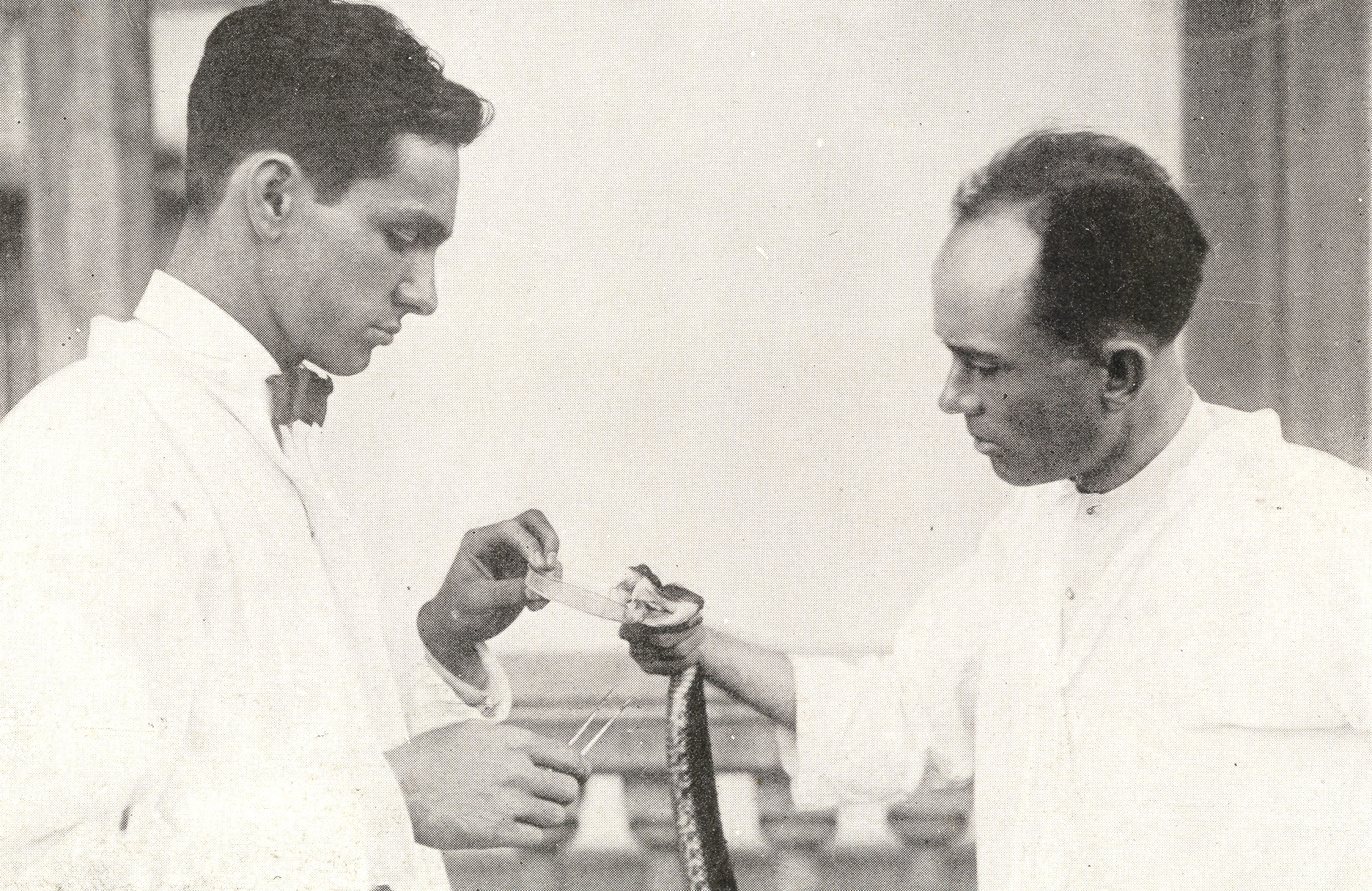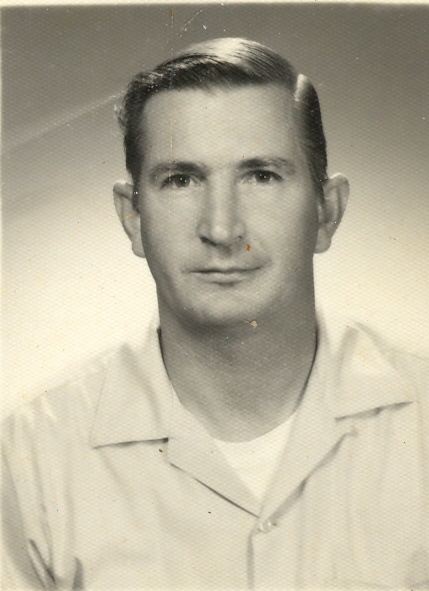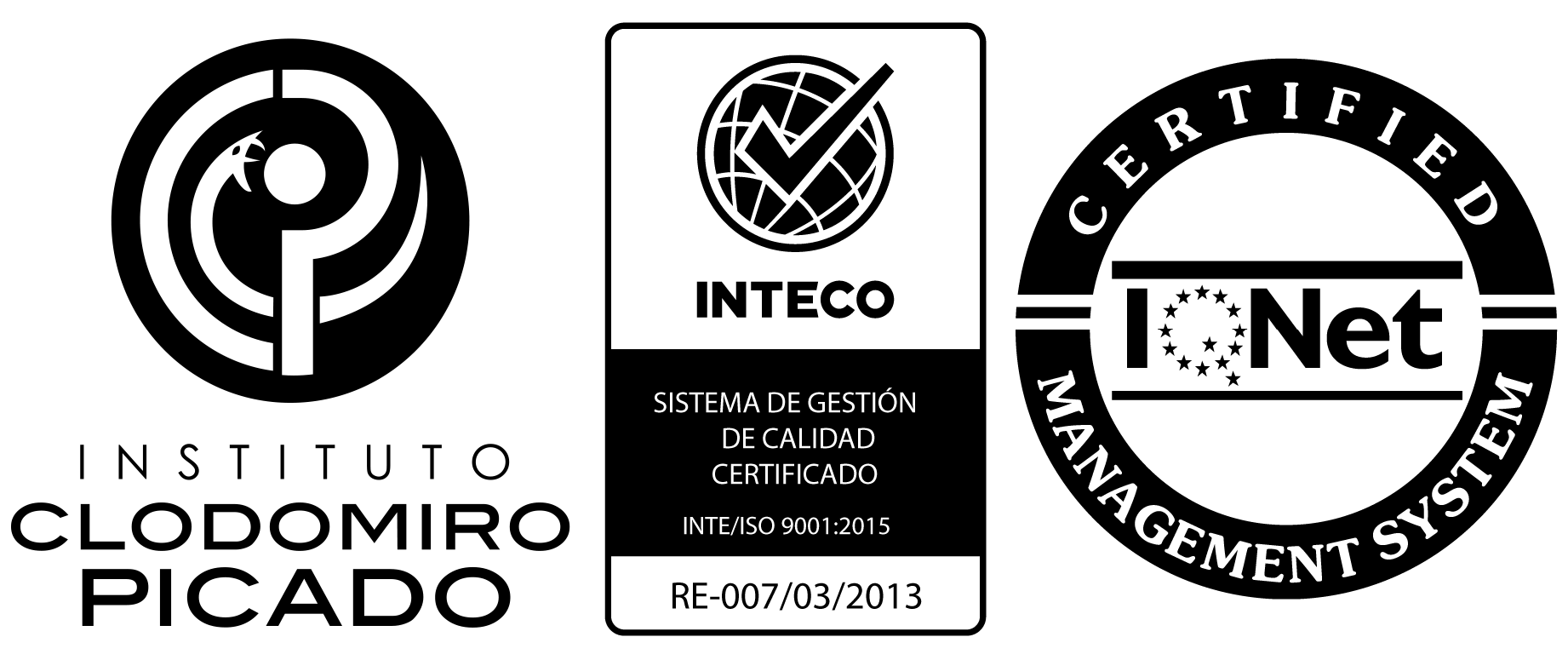History of the Clodomiro Picado Institute
The Clodomiro Picado Institute, attached to the Faculty of Microbiology of the University of Costa Rica, was inaugurated on April, 1970. However, this project was rooted decades before, particularly in the pioneering efforts of the renowned national scientist Dr. Clodomiro Picado Twight (1887-1944). During his time working at the Clinical Laboratory of the San Juan de Dios Hospital, Picado took an interest in the subject of snakebites.
Hereon, Dr. Picado developed an intense research program on snakes and their venoms, and on the search for new solutions to the problem of ophidic envenomings that affected mainly the farmers of the country. His research was recorded in the classic book of national scientific literature entitled Serpientes Venenosas de Costa Rica: Sus Venenos Seroterapia Antiofídica (Venomous Snakes from Costa Rica: Their Venoms, Antivenom Serum Therapy). Furthermore, he had the initiative to import antivenom serums produced in Brazil to treat patients in Costa Rica. In the political scope he promoted the creation and approval of the Law of Protection of Ophidism, a pioneering law in the Continent.
In the decade of 1960, in the middle of important institutional transformations in the country, the national authorities considered the need to manufacture in Costa Rica the antiophidic or antivenom serums needed. An inter-institutional program was then structured between the Health Ministry and the University of Costa Rica, with the participation of the Embassy of the United States of America, a project denominated Antiophidic Sera Program, which at first was administered by the Ministry of Health. This effort culminated with the production of the first batches of antiophidic serum in Costa Rica in 1967. This enterprise was accomplished by the leadership of the Minister of Health Dr. Álvaro Aguilar Peralta, the veterinary doctor Dr. Herschel Flowers, who was a Major in the USA Army and a specialist in venoms and antivenoms, and Dr. Róger Bolaños Herrera, a senior professor of the Faculty of Microbiology in the University of Costa Rica. Dr. Jesús María Jiménez Porras, from the Faculty of Medicine in the same university was also involved in the first stages of the project.




The success of this program motivated the Ministry of Health to consider the creation of an institute dedicated to the production of antivenoms needed in the country. This motivated the creation of the Clodomiro Picado Institute, and the construction of its first laboratories, which were inaugurated in April, 1970. Thanks to the leadership of Dr. Bolaños during the creation of the Institute, and during its early consolidation, the Clodomiro Picado Institute became a section of the University of Costa Rica. This was settled in an agreement signed by the Ministry of Health and the Rector of the University in 1972. From then on, the Institute focused not only on the production of antivenoms, but it also developed in parallel an active technological-scientific research program, and an extension or social action program to inform the general population on the prevention and handling of envenomings, and it offered continuous education to health care providers on diagnosis and treatment.



